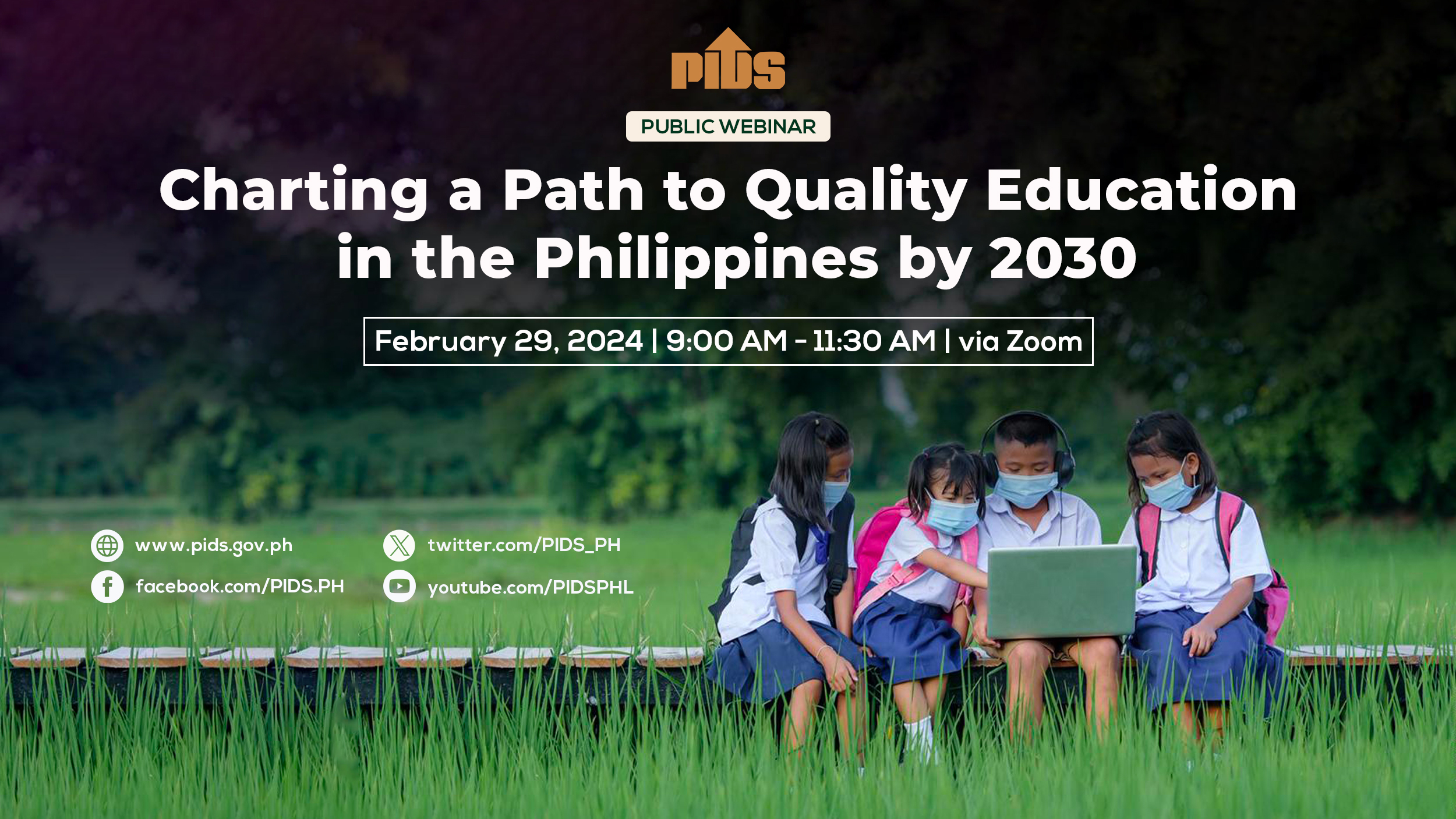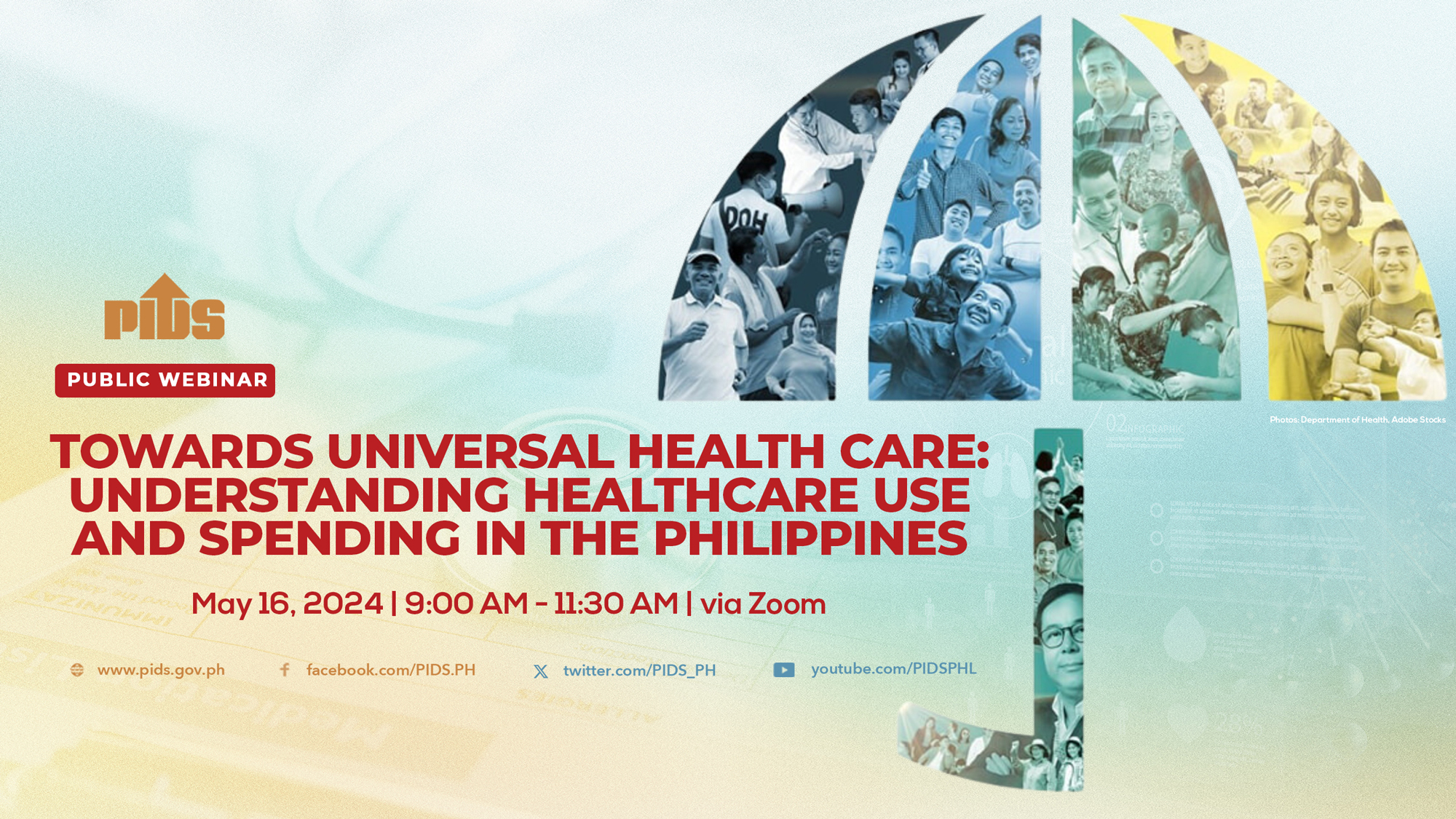Underspending in education during the past three decades left Filipino students behind most of their peers globally in quality of learning, which can only be addressed by a drastic increase in investments moving forward, state-run think tank Philippine Institute for Development Studies (PIDS) said.
“Although the Philippines has a policy thrust to invest heavily in education, it has been underinvesting in the sector. Since 1990, public spending in education relative to gross domestic product (GDP) had been at most 3.8 percent [in 1998], dipping to 2.8 percent in 2019,” researchers Jose Ramon Albert, Lovelaine Basillote, and Mika Muñoz said in their report titled “We need to invest more in learners, learners, learners!” published on Tuesday.
The report noted that this year, the total education budget across the Department of Education (DepEd), Commission on Higher Education, Technical Education and Skills Development Authority, and state universities and colleges amounted to P751.7 billion, or 16.7 percent of the P4.51-trillion 2021 national budget.
Recent hike a ‘pittance’
The PIDS described the 7.4-percent rise in DepEd’s budget to P605.74 billion this year as a “pittance” compared to the 52.9-percent jump in appropriations for the Department of Public Works and Highways, 70.5 percent for the Department of Transportation, and 16.4 percent for the Department of National Defense.
“The Philippines has recently been investing heavily in infrastructure with its ‘Build, Build, Build’ program, it ought to have an investment program for ‘learners, learners, learners’ given the emerging learning crisis in the country,” it said.
While DepEd’s yearly budget grew by more than three times between 2010 and 2020 due to the implementation of the K-12 program, the PIDS said total spending on education as a share of GDP never hit 4 percent and was at 2.8 percent in 2019, prepandemic. This was deemed too low compared to what several Asian countries were spending.
The PIDS said “underinvestment in education has had devastating effects on the quality of learning.” “Learning outcomes measured through the National Achievement Test (NAT) have remained below standards.”
It noted that results of the 2017-2018 NAT taken by all Grade 6 and 10 students in the country showed they were least proficient in math and science, pointing to a “looming learning crisis in the Philippines.”
“These poor learning outcomes have also been observed in international assessments, such as the 2018 Program for International Student Assessment (Pisa) and the 2019 Trends in International Mathematics and Science Study,” the PIDS added. The Philippines ranked last in reading and was second to last in science and mathematics among 79 countries in Pisa.
For the PIDS, “the Philippines needs to quadruple its education spending to reach the average global reading proficiency (487 points) in the Pisa” as just doubling expenditures “could only increase reading proficiency by 10.”












